Ultimate Strut Bars Guide
Strut bars have laid the foundation for many heated internet debates over the years, but what exactly are they, and will you benefit from adding them? We cover everything you need to know.
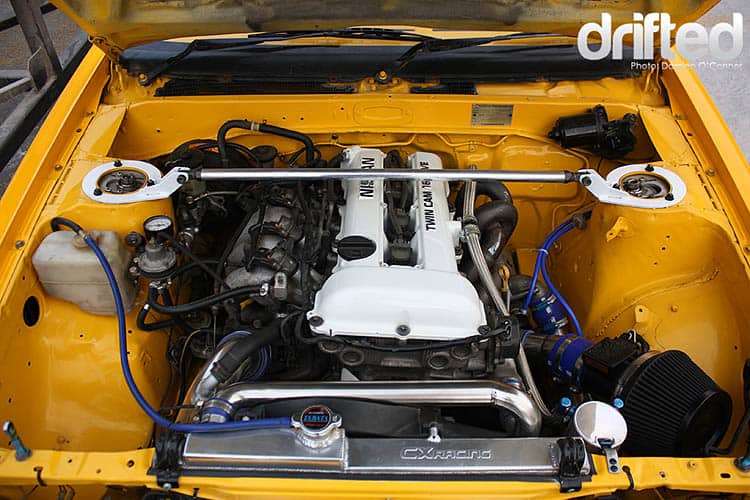
- Introduction
- Strut Bars Explained
- Do Strut Bars Actually Work?
- Strut Bar Pros & Cons
- Popular Strut Bars
- Conclusion
Introduction
Whether you’re into drifting, stance, track racing, or drag racing, we’ve got no doubt that strut bars would’ve popped up in conversation (well, argument) on many occasions.
Commonly, the most typical strut bar design is a simple ‘bar’ that connects either your front or rear strut towers, adding improved strength and rigidity while also reducing flex and body roll. The combination of these, in theory, enhances your cars’ handling.
Most aftermarket upgrades come with a mutual agreement among enthusiasts that they’re worthwhile. However, the benefits of strut bars can often be somewhat hard to prove, which leaves many questioning whether they’re worth including on your build list.
Some drivers will state that the difference with strut bars is night and day, while others will say they’ve felt no difference after installing, claiming they’re useful for nothing other than engine bay bling.
Although it can be challenging to prove the facts, either way, it’s clear that many cars, particularly older ones, benefit significantly from strut bars, mainly when pushed to their limits on the track.
We’re going to be explaining what strut bars do, how they work, and whether you’re likely to reap the benefits of installing them to your ride, whether it’s a drifter, a daily driven stance-car, or a quarter-mile dragster.
Strut Bars Explained
Firstly, ‘strut bars’ are frequently known under several different guises, such as strut tower bars or maybe even strut tower braces, but strut bars and sway bars are entirely different, which we’ll be exploring in-depth shortly.
The main downside of the commonly-found MacPherson Strut design is that the strut is part of the car’s geometry. Therefore the handling load gets sent to the strut towers, causing chassis flex.
Strut bars join the two points of your strut towers to improve your MacPherson Strut-type suspension by ‘tying’ the towers together, whether at the front, or the rear of the car, providing additional reinforcement.
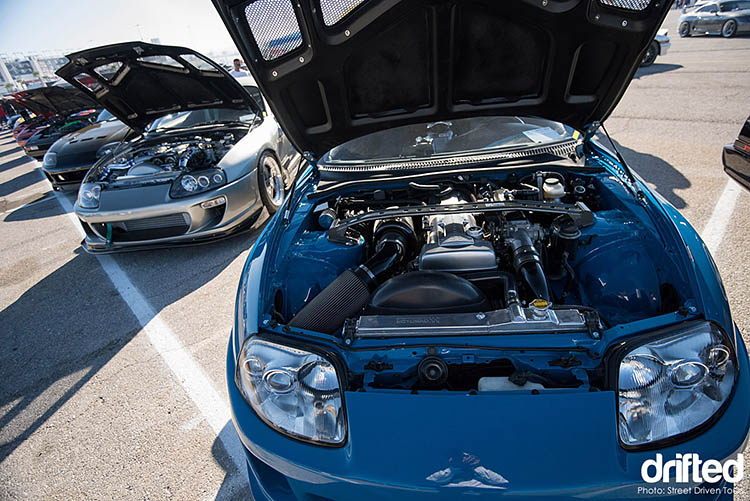
With the additional tension from the strut bar bracing, you’re likely to experience less body roll and flex along with improved rigidity.
When driven hard into a corner, the cars’ suspension compresses far more under the increased pressure on the corner that absorbs the load than the opposing side, which then shifts the suspension geometry.
The purpose of a strut bar is to help even-out this load so that the tension gets distributed between the two sides, reducing issues such as camber adjustment under pressure, which often makes the car both unstable and unpredictable in challenging situations.
When the car gets pushed to the limit, a strut bar’s benefits would typically provide noticeable handling improvements.
Front or Rear Strut Bars?
You’ll typically find strut bars installed on the front suspension, but some owners may opt for the rear or go all-out with a front and rear setup.
Most cars will see the maximum potential benefit when installing their strut bars on the front.
Since strut bars are most useful on race cars, you’re likely to be throwing the front-end of the car into the corner, which is where the weight will be shifting to, therefore applying maximum stress to the front region.
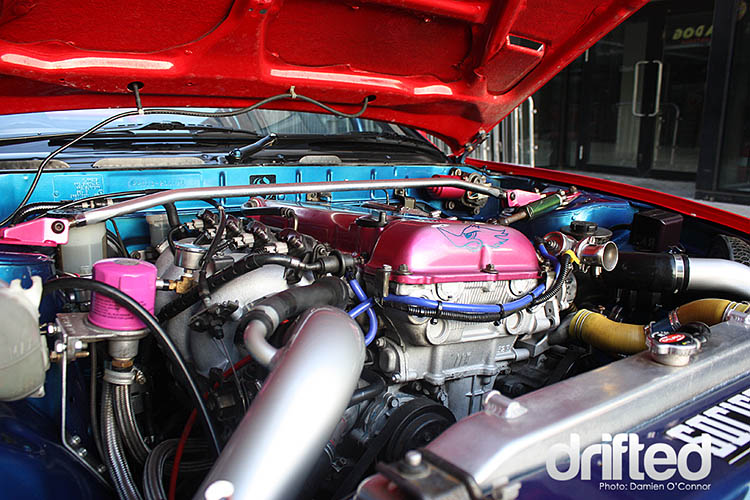
When you fit a strut bar to the rear of the car, it’s less likely to have such a significant impact, but some find that it can add a subtle extra refinement when coupled with the front brace.
Owners of AWD cars such as Subaru Impreza’s will find that upgrading the rear strut tower brace has far more impact than the front, especially when combined with a rear sway bar, so it’s worth speaking with owners of your specific vehicle.
Unsure what the difference between a strut tower brace and a sway bar is? We’ll explain.
Strut Bars vs Sway Bars
It’s easy to see why the two get confused, and although some guides will tell you that they’re the same thing, that’s far from correct.
While strut bars are located under the hood or in your vehicle’s trunk, sway bars are installed underneath the car, between the front or rear wheels.
Sway bars, or stabilizer bars, balance the car’s weight by reducing the body roll and weight shift or “sway”, this pulls the cornering weight to the inside of the tires rather than forcing it to the outside.
The benefit of sway bars is improved traction and handling, alongside reduced swaying through corners and improved balance.
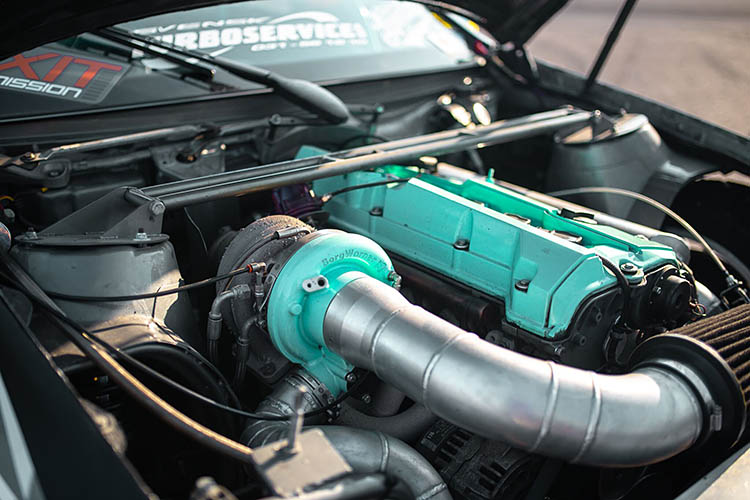
With rear-wheel-drive (RWD) cars, using an uprated front sway bar reduces oversteer, enabling improved handling for track racing where necessary. On the flip side, if you’ve got a rear-wheel-drive car with a tendency to understeer, you can install an uprated rear sway bar to reduce the issue.
With all-wheel-drive (AWD) cars, an uprated rear sway bar will reduce understeer, where a front sway bar will reduce oversteer. It can be a little trickier when it comes to the AWD platform, and we’ve typically found that the rear strut and sway bars will have far more impact than the front.
When it comes to front-wheel-drive (FWD) cars, an uprated rear sway bar will help reduce the understeer, which is why they’re so commonly fitted to the likes of the Honda Civic for maximum track day potential.
If you’re looking to reduce body roll while correcting over or understeer, then sway bars might be the better option for your needs.
You can mix and match between the front and rear sway and strut bars to find the perfect balance to see what works best.
It’s always highly advisable to discuss with knowledgeable members of car owners clubs to see what they consider to be the ultimate setup.
Do Strut Bars Actually Work?
Ah, the million-dollar question. Please don’t send us any hate mail, folks!
Many car enthusiasts want to know whether they’re necessary when upgrading your handling and whether they truly make a difference. The simple answer, for the most part – yes. Some, more than others.
Strut tower braces are typically one of the cheapest and most convenient additions you can make to your car.
First off, it’s worth ensuring that your car doesn’t come with factory strut bars if you haven’t already.
If it does, it’ll be worth finding out whether your aftermarket alternative is likely to provide additional benefits.
Most bars utilize a bolt-on method, where you’ll need to fix the mounts on each side before seeing for yourself whether the upgrade was worth it. Simple.
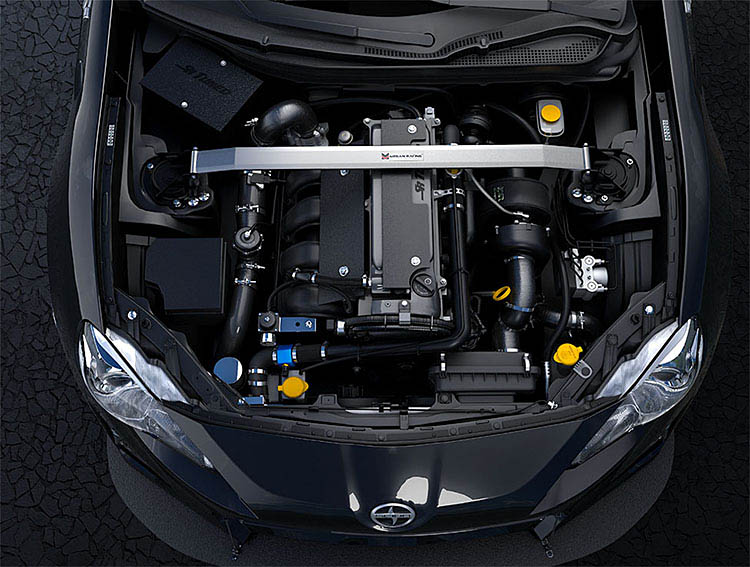
Strut bars will typically provide the most significant benefits to lightweight cars that are more prone to higher body flex levels, and they’re likely to the responsiveness in the corners significantly.
Older cars will also often suffer from higher levels of body flex and roll/stability issues, in which case, strut bars will likely tighten things up and make it more refined when throwing it into the corners.
With an uprated sway bar, we would expect improved stability, reduced body roll, and superior corner grip during hard cornering at the track or when looking for a more refined setup for your drift car.
For those with a modern, highly-refined, stiffer chassis, you’re not likely to experience the same level of benefit since there’s unlikely to be much room for improvement.
In which case, it could end up being nothing more than a shiny accessory under the hood, which may well be enough to keep some owners happy!
Most owners we’ve seen that have been disappointed with their new sway bar upgrade have typically installed them on their daily drivers for a tame canyon run before heading online to tell everyone that the benefits are fake news.
Many are disappointed because they don’t push the car hard enough to utilize the strut bars, even if they think they are.
You’re only able to reap the rewards of strut bar upgrades when pushing the car to, or beyond, the boundaries of your suspension setup.
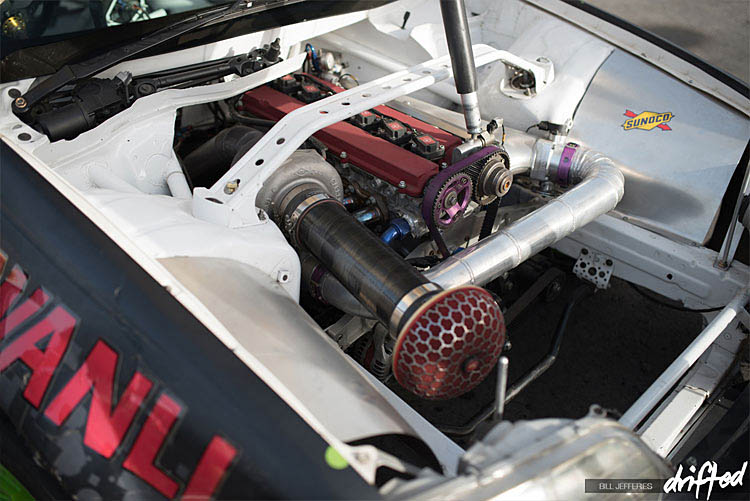
Likewise, if you’re hoping that a strut bar will improve your drag car, you’re going to be left disappointed. Since the only benefits of strut bars are present in the twisties, we don’t expect you’ll be doing too much of that in your drag car!
To summarize, we highly recommend testing out whether strut bars work for you if you’re frequently pushing your grip or drift car at the track, as strut bars can make a great addition to the right setup.
While it won’t provide you with miracle reductions in your lap times, it’s likely to provide a far more refined and predictable feel to the chassis when cornering at high speeds.
We’d personally recommend upgrading the essentials first for those who are just getting started with upgrading your track or drift car, such as suspension and tires, alongside breathing mods such as an aftermarket intake and exhaust.
Strut Bar Pros & Cons
Since we’ve established that strut bars can be somewhat controversial at times, we’re going to look at some of the pros and cons to consider to decide whether they’re likely to be a worthwhile upgrade to your build.
Strut Bar Pros
Well, get started with the positives before moving on to explore the negatives.
Improved Handling
Although some may beg to differ, we’re willing to place our bets that the majority of drivers who genuinely push their cars at the track will reap the benefits of improved handling from their strut bar upgrades.
Less flex combined with increased rigidity makes the perfect combination make your car feel more planted and refined, especially for those already running a stiffer suspension setup.
Chassis Refinements
When it comes to older cars, they’re likely to have far more flex than the modern alternatives, where strut bars offer significant improvements.
If you happen to have an older, lightweight car, this is the perfect combination for reaping the rewards that strut bars have to offer.
Stress Reduction
Without a sway bar, you’re putting increased stress on both the chassis and suspension components, which will result in wear and tear over time.
Given that the strut bar distributes the pressure to the struts far more evenly, this means that you’re not going to be putting disproportionate amounts of stress on a single strut when pushing the car in the twisties.
Convenient Installation
Strut bars are often one of the easiest upgrades you can carry out, and on some cars, it can take just a few minutes, assuming you have a spanner handy.
Typically it’s as simple as removing the existing nuts, placing the strut bar over the existing bolts, and then re-tightening the nuts. It’s always worth checking beforehand to ensure that this is the case for your specific vehicle.
Likewise, if you don’t see the benefits, then removal is just as easy, and we do not doubt that someone will be more than happy to take it off your hands.
Reasonable Value
Strut bars are one of the most affordable aftermarket upgrades you can get, even more so if you’re lucky enough to stumble across used bars on the market.
Some of the cheaper models can be extremely affordable, but the likes of the highly-sought-after JDM options will come with a higher price tag, but they’re still well worth the cost.
Bling Bling
Even if you’re not looking to throw the car down as hard as possible, many enthusiasts install these strut tower braces to their stance or show cars purely for the added engine bay bling.
With the ability to match the look of your car by customizing the look of your sway bar, we have to admit that they can look pretty damn awesome under the hood, even if you’re not making the most of what it has to offer.
After all, a little added weight on a show car isn’t going to be a problem, and you might even find it’s convenient to have it to lean on when it comes to working on or detailing your engine bay.
There aren’t just the typical straight strut bars either; there’s a vast selection of shapes and designs to choose from on the market for a unique touch.
Strut Bar Cons
This one’s so that naysayers can say, “I told you so”.
Jokes aside, there are downsides to just about every aftermarket tuning upgrade, so we’ll take a look at some of the reasons we’d probably not be opting for a strut bar on our builds.
Additional Weight
We’ve explained that unless you’re pushing the car to its actual limits, whether drifting or circuit racing, then you’re probably not going to reap the rewards of adding strut bars to your car.
In which case, you’re adding unnecessary weight, but let’s face it, if you’re not chasing lap times or looking to shave every pound of weight you can find, the downsides are minimal.
We’d even say it’s worth it for most people, even if it’s just for the added engine bay bling.
Possible Drilling
In some rare circumstances, fitting a strut brace isn’t a simple bolt-on affair like it is on most cars, and you may have to consider drilling your struts.
Although it’s a simple process, it’s something that not everyone would be entirely comfortable with, and if you’re required to do so, we highly recommend ensuring that you use rust prevention methods on your fresh new holes.
Thankfully, with most cars, this is just a convenient bolt-on procedure.
Unrealistic Expectations
Although this isn’t necessarily a ‘con’, it’s the most complained about aspect on the internet, so we had to include it.
When enthusiasts install strut bars, they often assume that they’ll bolt on their shiny new bars, and all of a sudden, they’ll be throwing down lines at the track like Keiichi Tsuchiya.
Unfortunately, that’s not the case.
Strut bars can be a fantastic addition, but they’re not going to transform your daily driver into an absolute weapon on the canyon runs, we’re afraid.
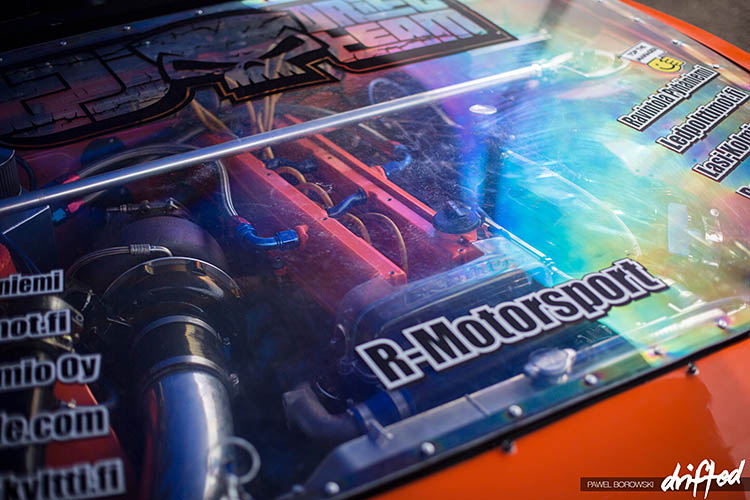
The same applies to those that are looking for straight-line improvements.
It’s not unheard of that people assume tightening up the chassis will improve their straight line or drag racing traction, but that’s certainly not going to be the case with strut bars since they’re all about cornering.
Creaks and Vibrations
With the added tension and rigidity, you may experience some new sounds in your ride due to the lack of flex and new-found stiffness from the strut bars.
We’ve heard about creaking sounds from the sunroof and various other random areas.
Popular Strut Bars
Now that we’ve explained why a strut bar could benefit your build, as well as running you through the various pros and cons that come with them, it’s time to look at some of the popular choices on the market.
We’d love to cover every car out there, but thankfully the guys over at Enjuku Racing have done that for us, so if we’ve not listed what you’re after here, head over and check out their selection.
Nissan 240SX S13
As you’ve probably guessed, JDM legends Cusco offers a selection of strut braces for the 240SX, including this awesome-looking triangle rear strut tower brace.
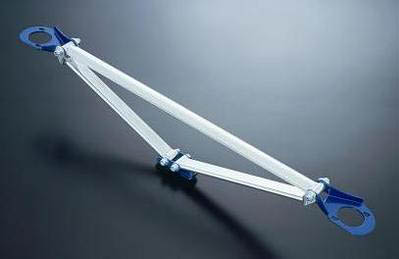
Check it out over at Enjuku Racing here, and head here if you’d like the front bar to match.
Subaru BRZ/Toyota GT86/Scion FR-S
For those rolling in the epic BRZ, GT86, or FR-S, Perrin has these incredible braces for a unique touch.
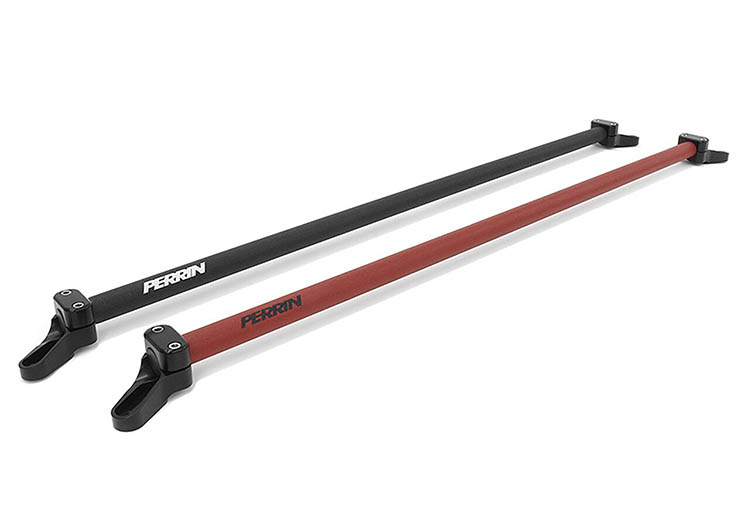
Perrin’s strut bars can be purchased in either Red or Black over at Enjuku Racing, and there’s also a cheaper Cusco alternative available.
Nissan 350Z
Cusco provides an epic option for 350Z owners, with this unique shorter-bar design to suit the factory layout.
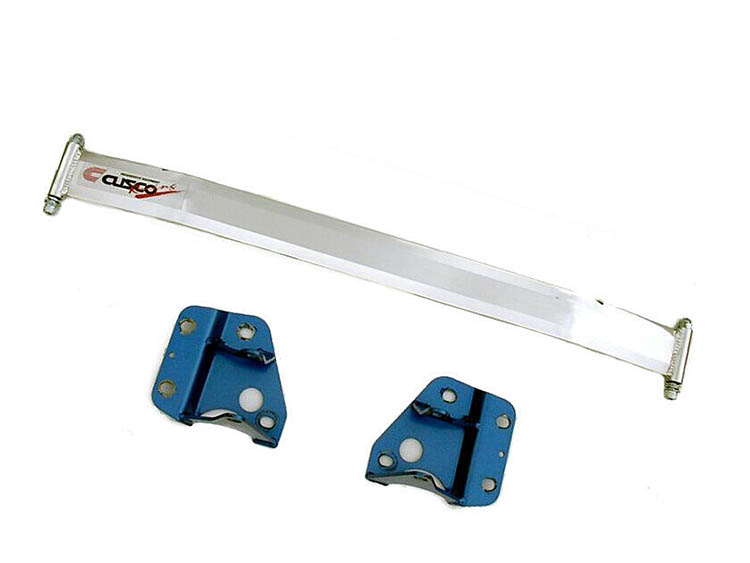
This kit is another bargain from Cusco, which we highly recommend checking out.
Mazda Miata NA
Don’t worry, Miata owners; we know you’ll be checking this guide out, and we certainly haven’t forgotten you.
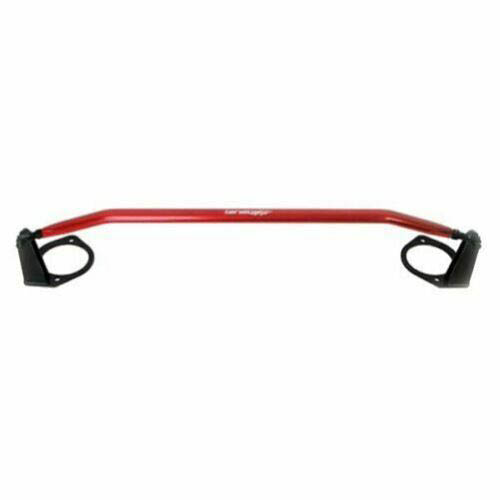
Our recommendation for you guys is the Tanabe Sustec front brace, which we feel provides the ultimate value-for-money.
Nissan R35 GTR
If you’re lucky enough to have your hands on a GTR, then we’ve got the ultimate accessory to make your bay stand out while also allowing you to push the handling limits, if you dare!
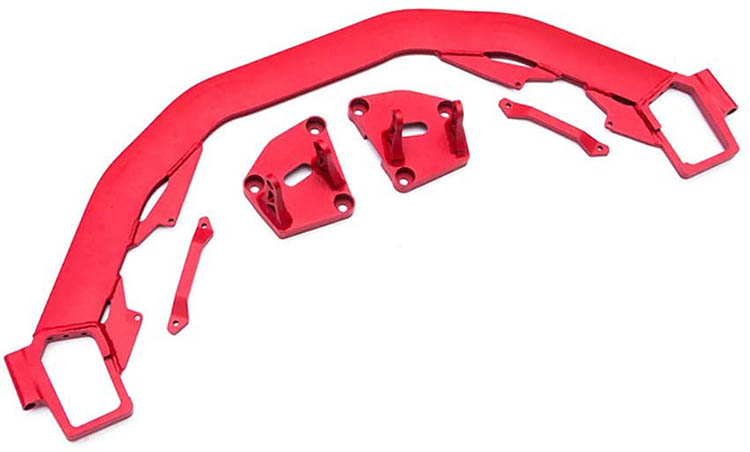
It’s Agency Power that has come through with the goods this time, and there’s no denying that this looks like an epic bit of kit.
Subaru WRX/WRX STi
We’ve had several requests for recommendations for strut bar recommendations from Subaru WRX STi enthusiasts, so we’ve updated the guide to include this offering from PERRIN.
PERRIN Performance will undoubtedly be a name that Subaru owners are familiar with, and their strut bars are up there with the best.
With a wide variety of colors available, including Black, Red, Neon Yellow, and Hyper Teal, there’s something for everyone in their selection, whether you’re looking for a subtle or stand-ut look under your hood.
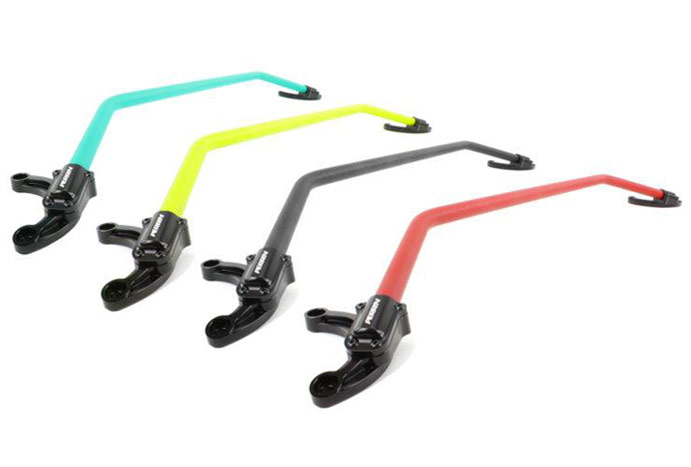
Paired with a modern, sleek design, from the CNC machined billet aluminium and mandrel-bent thin wall Chromoly 4130 tubing, they stand by their quality with a five-year warranty.
Purchase link: PERRIN Performance Subaru WRX/WRX STi strut bar
Conclusion
We hope that we’ve explored every single avenue imaginable when considering whether a strut bar upgrade is going to be the ideal choice for your build.
For some, it’s a no-brainer, as the benefits of the looks under the hood are more than enough to keep them satisfied.
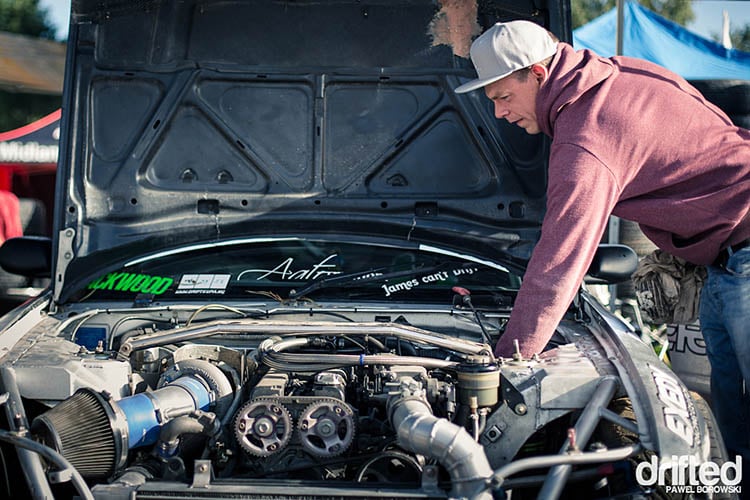
The experienced track day or professional drivers out there are likely to be considering whether a front or rear setup will be best for their needs, along with the sway bars to match.
We certainly wouldn’t be considering strut bars as one of our first mods. We’d look at getting the essential upgrades purchased first, such as tires, wheels, suspension upgrades, and intake and exhaust mods to get the car breathing more efficiently.
Each of these is more than likely to provide far more benefit initially and then the strut bars, and perhaps sway bars, can become an additional consideration when it comes to fine-tuning the handling further down the line.
So, there we have it! We hope that we’ve covered everything you could want to know about Strut Bars in this guide.
Thank you for reading our Strut Bars guide.
If you enjoyed this article, please share it with the buttons at the bottom of your screen. If you’ve found this information useful, then please take a moment to share it with other motorsport and tuning enthusiasts. We appreciate your support.
Photography credits
We thank the following entities for the use of their photography in this article:























